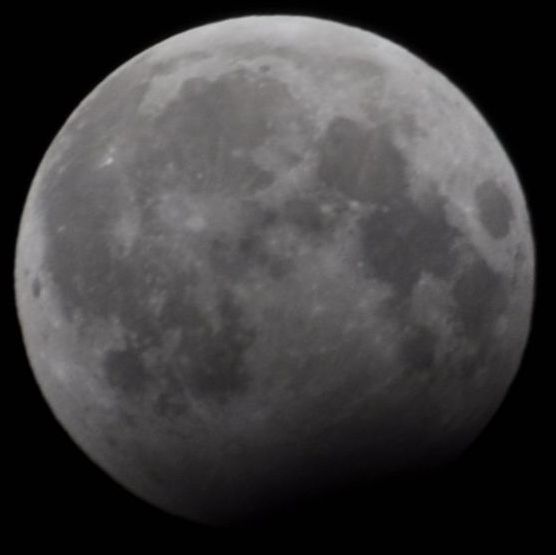1453
Odoacer ended the Western Empire by declaring Zeno sole emperor and placing himself as Zeno's nominal subordinate. In reality, Italy was ruled by Odoacer alone. The Eastern Roman Empire, called the Byzantine Empire by later historians, continued until the reign of Constantine XI Palaiologos, the last Roman emperor. He died in battle in 1453 against Mehmed II and his Ottoman forces during the siege of Constantinople. Mehmed II adopted the title of caesar in an attempt to claim a connection to the former Empire. His claim was soon recognized by the Patriarchate of Constantinople, but not by European monarchs.
1453
Several states claimed to be the Roman Empire's successor. The Holy Roman Empire was established in 800 when Pope Leo III crowned Charlemagne as Roman emperor. The Russian Tsardom, as inheritor of the Byzantine Empire's Orthodox Christian tradition, counted itself the Third Rome (Constantinople having been the second), in accordance with the concept of translatio imperii. The last Eastern Roman titular, Andreas Palaiologos, sold the title of Emperor of Constantinople to Charles VIII of France; upon Charles' death, Palaiologos reclaimed the title and on his death granted it to Ferdinand and Isabella and their successors, who never used it. When the Ottomans, who based their state on the Byzantine model, took Constantinople in 1453, Mehmed II established his capital there and claimed to sit on the throne of the Roman Empire. He even launched an invasion of Otranto with the purpose of re-uniting the Empire, which was aborted by his death. In the medieval West, "Roman" came to mean the church and the Catholic Pope. The Greek form Romaioi remained attached to the Greek-speaking Christian population of the Byzantine Empire and is still used by Greeks.
1453
The Roman Empire ruled the Mediterranean and much of Europe, Western Asia and North Africa. The Romans conquered most of this during the Republic, and it was ruled by emperors following Octavian's assumption of effective sole rule in 27 BC. The western empire collapsed in 476 AD, but the eastern empire lasted until the fall of Constantinople in 1453.
1453
The first two centuries of the Empire saw a period of unprecedented stability and prosperity known as the Pax Romana (lit. 'Roman Peace'). Rome reached its greatest territorial extent under Trajan (r. 98–117 AD), but a period of increasing trouble and decline began under Commodus (r. 180–192). In the 3rd century, the Empire underwent a 49-year crisis that threatened its existence due to civil war, plagues and barbarian invasions. The Gallic and Palmyrene empires broke away from the state and a series of short-lived emperors led the Empire, which was later reunified under Aurelian (r. 270–275). The civil wars ended with the victory of Diocletian (r. 284–305), who set up two different imperial courts in the Greek East and Latin West. Constantine the Great (r. 306–337), the first Christian emperor, moved the imperial seat from Rome to Byzantium in 330, and renamed it Constantinople. The Migration Period, involving large invasions by Germanic peoples and by the Huns of Attila, led to the decline of the Western Roman Empire. With the fall of Ravenna to the Germanic Herulians and the deposition of Romulus Augustus in 476 by Odoacer, the Western Empire finally collapsed. The Byzantine (Eastern Roman) Empire survived for another millennium with Constantinople as its sole capital, until the city's fall in 1453.
1861
The Roman Empire's control of the Italian Peninsula influenced Italian nationalism and the unification of Italy (Risorgimento) in 1861.
Trending

13 minutes ago Cobolli vs Cilic Wimbledon Prediction: Cobolli Faces Cilic in Round of 16, Wimbledon 2025

1 month ago Rafael Devers' Meeting: Red Sox CEO Reveals Candid Details and First Base Discussions.

24 days ago Kanye West Attends Sean 'Diddy' Combs' Sex Trafficking Trial in New York
2 months ago Dogecoin and Shiba Inu Surge Amidst Skepticism and Liquidation Rally.

2 months ago Willy Adames rumors, slow start concerns, and Giants' signing struggles in MLB.
1 month ago John Fogerty, 79, Announces Exciting Career Update and Summer Concerts with Metallica.
Popular

Jupiter is the fifth and largest planet from the Sun...

Candace Owens is an American conservative and far-right political commentator...

KPop Demon Hunters is a animated musical fantasy action comedy...

A blue moon is defined in several ways most commonly...

Jeff Bezos is an American businessman renowned as the founder...

Thom Tillis is the senior U S Senator from North...